ECG Blog #432 — "Should I Shock this Patient?"
Ken Grauer, MD
MAY 31, 2024
No shock was needed. But considering that patients have been shocked for tracings resembling the ECG shown in Figure-1 — it may be worthwhile to present another example. The January 30, 2018 post — for PTA. The 1st Thing to Do: — Check the patient! Is there a pulse? The ANSWER: The patient had a regular pulse and was stable.








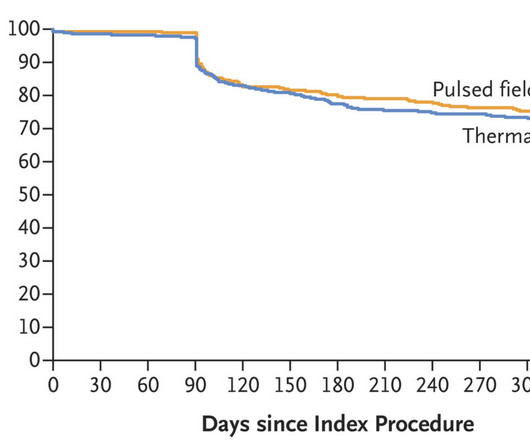
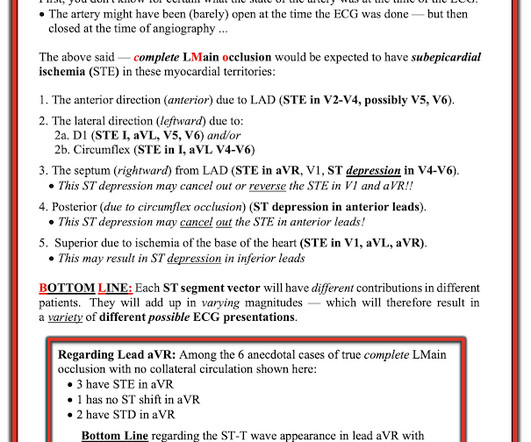

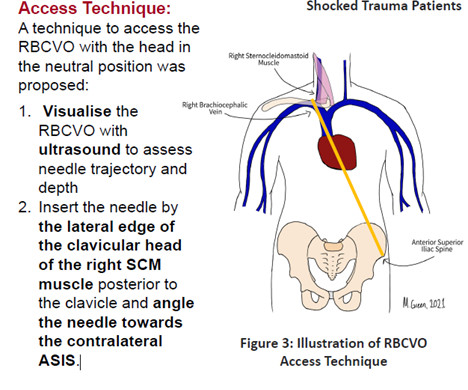











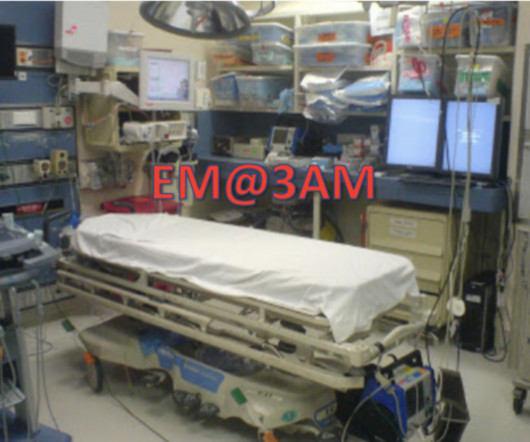
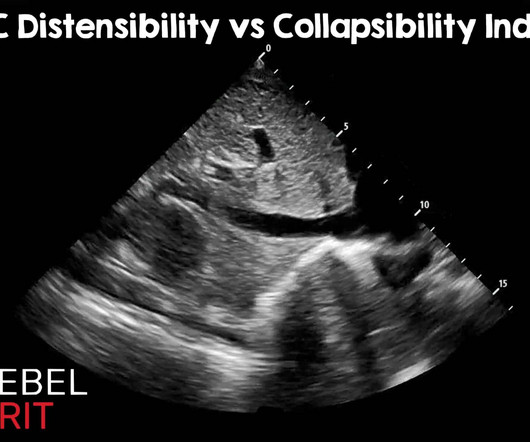
















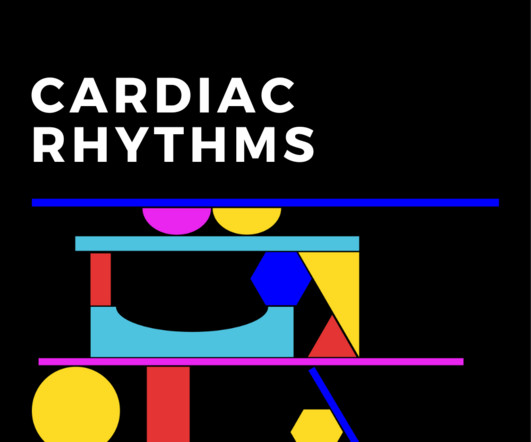








Let's personalize your content